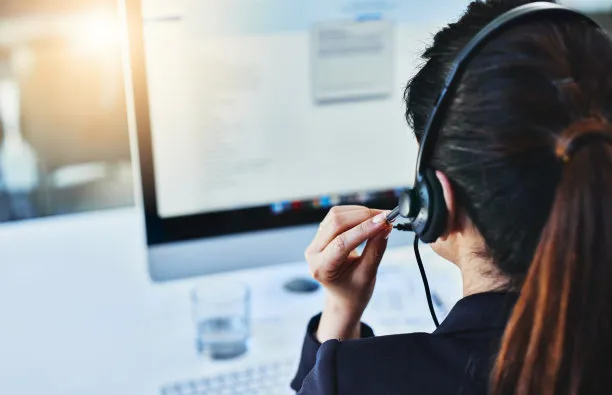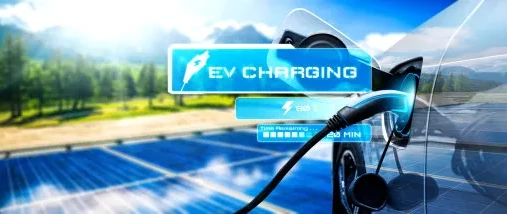Customer service of DC charging pile Welcome to buy DC...
Working principle of DC charging pile
DC charging piles are essential equipment that provides fast charging services for electric vehicles. Their working principle involves several key stages. Below, we will outline the working principle of DC charging piles through five aspects: power supply, rectification, control system, charging process, and safety protection.

main content
Power Supply
The operation of a DC charging pile begins with the supply of power. It is typically connected to a high-voltage power grid or industrial power source that provides a stable power output. Unlike AC charging piles, DC charging piles use direct current directly, which effectively improves charging efficiency and reduces energy loss.
Rectification Process
Although DC charging piles primarily provide direct current, their input power is often in the form of alternating current. To convert AC power into DC power, DC charging piles are equipped with efficient rectification devices. These devices utilize rectifiers to convert the AC power supply into direct current, ensuring that the energy output is suitable for charging electric vehicle batteries.
Control System
A smart control system is built into the DC charging pile, responsible for monitoring and managing the charging process. This system can continuously monitor the status of the battery, charging current, and voltage, ensuring the optimization and safety of the charging process. Additionally, the control system can adjust charging parameters according to the needs of different vehicle models, ensuring efficient and consistent charging.
Charging Process
During the charging process, the DC charging pile directly supplies direct current to the electric vehicle's battery pack. The charging pile connects to the vehicle via a charging gun, and the current is dynamically adjusted by the intelligent control system throughout the charging process to meet the battery’s charging needs. Typically, the charging will start at a fast rate and slow down as the battery approaches full charge to protect the battery.
Safety Protection
Safety is a crucial consideration in the design of DC charging piles. These charging piles are equipped with multiple safety protection mechanisms, including overcurrent protection, short-circuit protection, and over-temperature protection, among others. During the charging process, the system continuously monitors various electrical parameters, and in the event of any anomalies, charging will be immediately halted to ensure the safety of both the user and the equipment.
Conclusion
Through these five aspects, we can see that the working principle of DC charging piles involves not only complex power management and efficient charging processes but also emphasizes the intelligence and safety of the charging process. These characteristics make DC charging piles an important choice for electric vehicle charging.

DC CHARGING PIlE SERIES
DC charging pile is an efficient charging facility for electric vehicles, which uses direct current (DC) to directly charge the vehicle battery, significantly reducing the charging time. Compared with traditional AC charging piles, DC charging piles are able to provide higher power output and can usually charge an EV to 80% of its capacity in 30 minutes, providing users with a convenient charging experience.
Extended reading
Unique selling point of DC charging pile
Unique selling point of DC charging pile Unique selling point...
Product overview of DC charging pile
Product overview of DC charging pile Basic Functions Fast Charging...
Application scenario of DC charging pile
Application scenario of DC charging pile Highway Service Areas DC...
What is a single-phase three-wire system
The input voltage of portable DC charging pile adopts single-phase...
THE ESSC Brand promise
Global supply
Our products sell well all over the world, covering many countries and regions, through the global logistics network, to provide customers with convenient purchasing experience.
Rigorous quality
We adhere to the highest quality control standards to ensure every product meets industry regulations and customer expectations, earning trust through consistent excellence.
Excellent service
With a customer-centric approach, we provide prompt responses, professional support, and personalized services, aiming to deliver the best user experience and long-term value.





